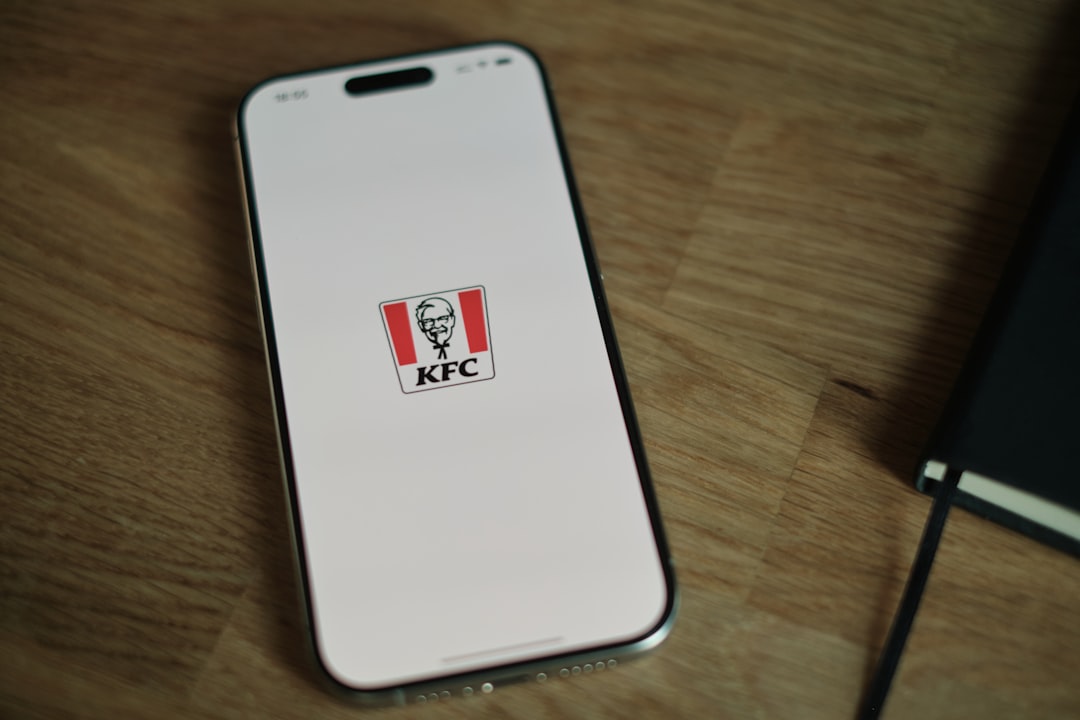Logos matter. They are the face of a brand. But what happens when a logo doesn’t play nice across devices? That was the challenge faced by Alex, a freelance designer with a knack for problem-solving.
TL;DR:
Freelancer Alex tackled a tricky problem: the brand’s logo wasn’t aligning right on mobile, tablet, and desktop. The solution involved a smart responsive design workflow using flexible CSS, media queries, and vector logos. Consistency was restored, and the brand looked sharp across all screen sizes. Everyone lived happily ever after (especially the logo).
The Problem that Wouldn’t Align
It all started with an email: “The logo looks weird on mobile.” Easy fix, Alex thought. Just adjust the padding or the size. But it wasn’t that simple.
The logo looked:
- Perfect on desktop
- Squished on tablets
- Off-center on mobile phones
Different browsers, devices, and screen sizes twisted the logo out of place. It broke alignment, lost clarity, and sometimes even shrunk into a dot. Not cool for a professional brand.
Why Logos Can Be So Fussy
Logos are images. But they’re not just any images. They’re loaded with branding meaning. That’s why they must be pixel-perfect in every platform:
- SVGs don’t rasterize and scale cleanly
- PNG files might blur on Retina screens
- CSS positioning behaves differently between devices
Browsers interpret code in slightly different ways. A logo may be centered in Chrome, but nudged to the side in Safari. This inconsistency is where Alex jumped in.
The Responsive Design Game Plan
Alex knew that the key was responsiveness. Instead of using fixed values and hoping for the best, they decided to build a scalable, flexible system from the ground up. Here was the step-by-step plan:
- Convert Logo to SVG – so it stays sharp across all resolutions
- Use Flexbox (not floats) – for smarter alignment and layout wrapping
- Center with CSS Grid or Flexbox – eliminate guesswork
- Define breakpoints logically – set layout changes at screen widths that made sense
- Test on real devices + emulators – don’t rely on resizing the browser

Alex built a mini-framework around the header. The logo div was wrapped in a flexible container, shared space with the menu, and adapted using media queries. That way, it wasn’t about guessing pixels—it was about setting rules like:
@media (max-width: 768px) {
.logo-container {
justify-content: center;
padding: 10px 0;
}
}
This CSS snippet shifted logo alignment whenever the screen size dropped below 768px. Like magic, the alignment snapped in place.
Little Things Made a Big Difference
Small tweaks helped seal the deal. Here are a few that saved a lot of trouble:
- Used max-width instead of width – so logo scaled naturally when resized
- Removed white space inside images – no more phantom gaps in rendering
- Replaced margin hacks with layout tools – cleaner, more consistent behavior
These adjustments meant the logo didn’t just exist across devices—it felt truly at home on each one.
Testing, Testing… 1, 2, Responsive
Real success comes from testing. Alex didn’t stop with a desktop browser and an iPhone simulator. They went all out:
- Tested on Safari, Firefox, Chrome, and Edge
- Used an actual tablet and multiple Android phones
- Ran linting tools to check for CSS errors
Nothing beats a real-world test. What looked centered in the code could feel off in a hand. Alex tweaked the margins based on feedback from each device. Especially for devices with notches and weird safe areas.

Staying Consistent Across Platforms
How did Alex make sure the logo stayed consistent?
They created a design system. A shared set of files and guidelines that controlled how the logo was used. This included:
- Style variables for spacing and alignment
- Reusable mixins for breakpoints
- Component rules in Figma for designers to follow
This meant no surprises when someone embedded the logo on a landing page or newsletter. Whether Alex touched it or not — the logo behaved.
The logo was now:
- Always centered
- Always clear and crisp (thanks SVG!)
- Always proportionally scaled
Lessons & Wins
Freelancing isn’t just about design—it’s about solving puzzles. Here’s what Alex learned through the logo alignment journey:
- Don’t assume what works on one screen, works on all
- SVGs are your best friends when it comes to assets
- Build layouts, not pixels
- Test like a maniac before you deliver
And the biggest win? The client noticed. “Looks great on my phone!” they said. That’s the kind of feedback every freelancer dreams of.
Moving Forward with Confidence
Now armed with a better workflow, Alex uses the same method on every project:
- Start responsive from the beginning
- Create modular CSS for elements like the logo
- Document everything for consistent scaling
Platforms may change. Screens may get weirder (hello foldables!). But good responsive design? That’s forever.
So the next time a logo gives you trouble, remember Alex’s story. Start with structure. Embrace flexibility. And test until your fingers hurt. Your logo—and your client—will thank you.
Done right, even the tiniest logo can make the biggest impact.